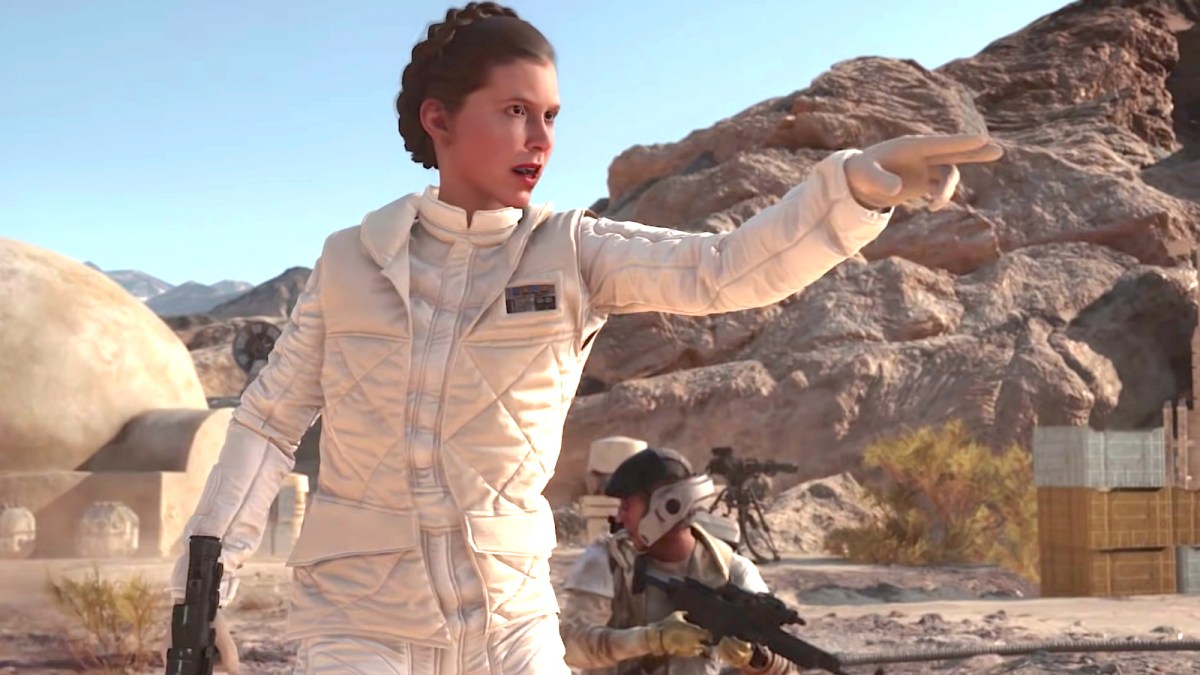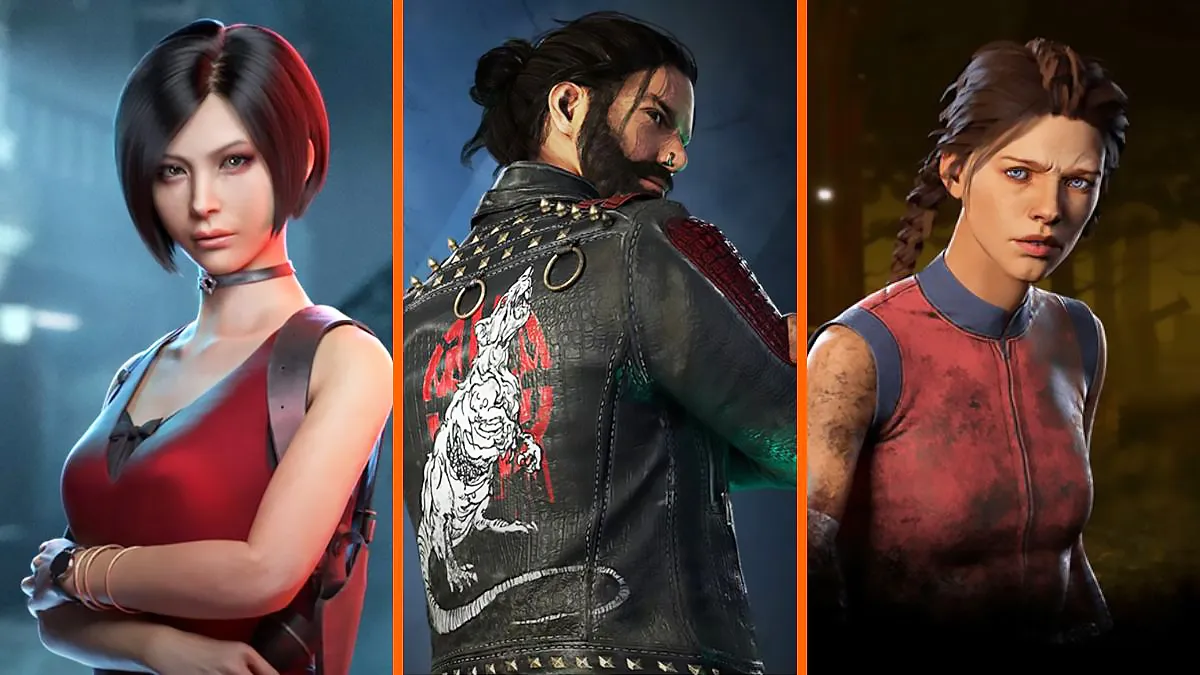
Need For Speed: Hot Pursuit is the third game in the Need For Speed series to carry the Hot Pursuit subtitle. Unlike the other games, which were developed by various internal EA studios, this iteration of Hot Pursuit was developed by Criterion Games, best known for the Burnout Series (though studio DICE helped with world building).
As with the other two games in this subset, the emphasis is placed entirely on driving various exotic supercars as either racers or police. By exotic supercars, this reviewer means racing specked vehicles from well known manufacturers, most of which only hardcore car nuts will have even heard of. But they are all licensed real world vehicles. Point of fact, the game’s tagline is “All the cars you dreamed of driving, in the way you dreamed of driving them.” The Racer vehicles are available in most of their real world paint schemes, while the Police variants have police specific paint, sirens and lights, and other equipment.
The events and progression is split between Racer and Police campaigns. Racer events are the typical arcade style events of Racing and Time Trials, both standard styles and against AI-controlled Police. Playing as the police takes those events and turns them slightly on their ear. Racing becomes around stopping them, while Time Trials have an added amount of precision, with penalties for sloppy driving.
NFS:HP is not a simulation game in any way, but since it is using real world vehicles, it is not entirely an arcade affair, like Criterion’s previous title, Burnout Paradise. The emphasis is on driving the cars fast and completing the objective. As such, there is no vehicle performance tweaking, nor any paint, emblem, and decal editing, or even any cosmetic after-market parts. Paint colors are limited to white and blue/green for Police, and manufacturer available colors for the Racers, which are different for every vehicle. With the nature of the game’s progression, players will be changing vehicles often until they are all unlocked, so while not being able to tweak various parts is okay, allowing players to make universally applicable custom paint and decal skins, at least on the Racer side, would be nice.

How does it play though? Very similar to the events in Burnout Paradise. The vehicles start off very light on the control, but become much tighter as the vehicle specs increase. Tighter controls are needed to control them at higher speeds, though they end up a bit squirrely during acceleration Drifting comes into play as the best way for making tight turns, shortcuts allow multiple paths that are not always actually shorter. All cars have nitrous systems, with filling it coming primarily from drifting, drafting (called slipstreaming), and driving dangerously. The nitrous is incredibly important for quickly accelerating to speed after turns and crash resets, regardless of vehicle. Basic controls are responsive, and require a fair amount of skill to be successful.
If there was any problem with NFS, it is the same problem most other racing games seem to have, and that is rubberbanding AI. The player is never really allowed an opportunity to get and stay ahead of the competition by any significant margin, while making it nearly impossible to catch up should the player get very far behind. It is incredibly annoying on the Racer side, to be far ahead of a pursuing Police car only to have it suddenly burst ahead, faster than the vehicle is capable of, so that it can drop a Spike Strip in front of the player.
To help set NFS apart from other arcade style underground racing games, Criterion added in special equipment. The core takedown (ramming) mechanic from Burnout and the other Hot Pursuit titles returns. In some missions that include both Racers and Police, the players are outfitted with up to four special weapons to aid in event completion. These include Spike Strips and EMP launchers. Additionally, the Racers receive Radar Jammers and Turbo Boosters, while the Police receive Roadblocks and Helicopters. They all add a dynamic element to the races where they are included.
Limited uses and recharge times keep them from becoming overpowered, as the limited number of uses will usually not even be enough, thus requiring ramming and skillful driving, especially in the later events. The AI is aggressive and tenacious in any case, able to use the same equipment as well as actively try to dodge it.
Graphically, NFS is impressive. While the models are not as impressive as the premium models in other recent games, they are good enough. These are the world’s hottest cars looking their absolute best. Where the cars do not look their best is during crashes. One of the downsides of using licensed vehicles for game such as this is that the manufacturers do not want them looking bad at any time, even though the nature of the game requires it. It appears that the concession made was that Criterion was allowed to show damage, just not realistic damage modelling.
As such the damage model is the same on every car: paint scratching, broken windows, and a hanging bumper. The lighting effects are good as well. Headlights and Police lights are dynamic, reflecting off all close objects, from cars to the environments. The world itself, the city-less Seacrest County, is nice, but rather boring. There is technically more roadway than in Criterion’s previous game, but without the city or possibility of non-shortcut branching paths, the player will have seen the entire map by the time they are halfway through either campaign, and some areas are repeated in events more often than others too.
The cars all sound impressive, though this reviewer is unsure how close to the actual vehicles they sound like. Tires on pavement and off-road are different, Police sirens have an authentic wail to them as well and hits and crashes have a satisfying crunch to them. The only downside is the soundtrack. It is almost entirely licensed music, none of which are all that memorable, except maybe “Edge of the Earth” by 30 Seconds to Mars, and then only because it is used on the title screen. Everything else is largely drowned out by the car and siren sounds, at default volume and viewpoint settings.

Probably the big change from previous NFS games is the Autolog. As with many things, Criterion has learned from their work on Burnout Paradise, in this case the online functionality. Hot Pursuit has no free-roaming in terms of finding and starting events and you cannot do quick, drop-in/drop-out play. What they did do is bring other aspects in, namely the syncing of event results, rank progress, screenshots, and comments between friends lists, as well as making it easy to add people to the friends list. Basically, for every event completed, the best times and scores for that event are posted both to the standard online leaderboards, and a friend’s leaderboard that is always displayed on the event select screen. In Autolog, messages are sent when one player beats another’s time/score, and comments can be posted on them. The idea is supposed to be along the lines of an ingame Facebook. There is also online play included here. Game types include all Racer races, and various Racer vs. Police types.
All in all, Need For Speed: Hot Pursuit is an excellent game. It offers great arcade style racing with top notch visuals and an incredible sense of speed. It is a great counterpoint to the more simulation-based Gran Turismo and Forza series. If arcade style racing games are your forte, this is a recommended buy.






